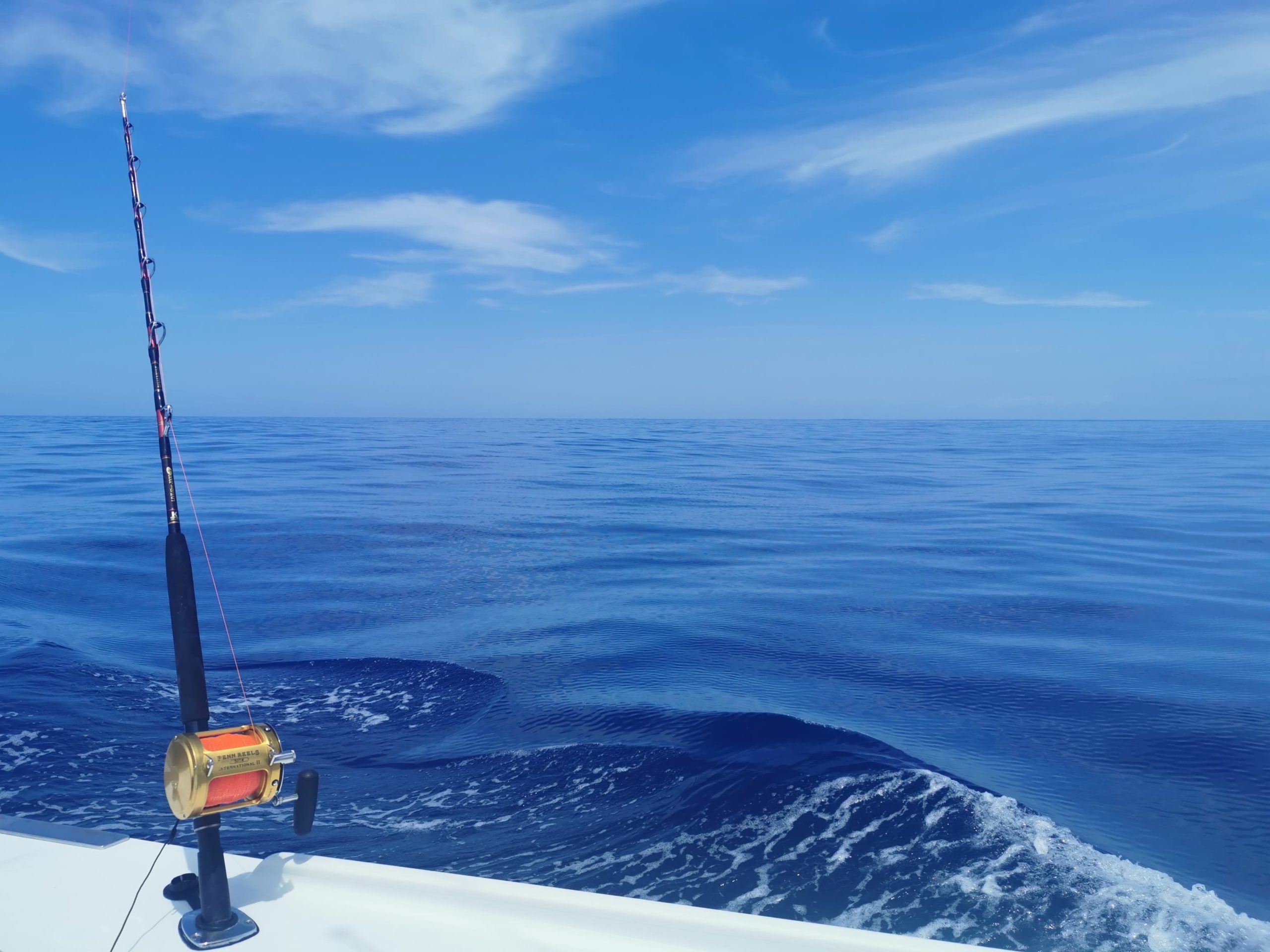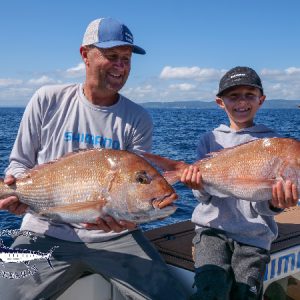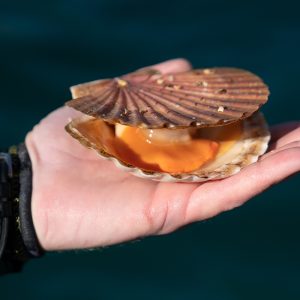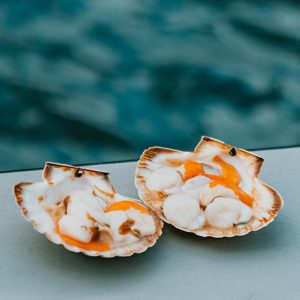This article was originally published in The Adventurer newspaper, October 2025.
The collapse and subsequent closure of the Coromandel scallop fishery in 2022 marked the end of the tradition that once defined the start of spring.
The September 1st tradition used to include sliding on your snorkel and wetsuit (that fits a bit more snug than last year) to gather scallops for sharing with whānau and friends. Nowadays, it reminds us of what’s been lost.
Despite the closure being in place for three years, scallops will likely remain off the menu for the near future.
Recent surveys by Fisheries NZ and NIWA assessing scallop abundance across the Coromandel fishery from Cape Rodney in the north to Maketu, Bay of Plenty, showed mixed results. Some recovery was seen around Mercury Bay since the closure, but there was little elsewhere.
Experts warn it may take several years before populations rebuild to a level that restores their role in the ecosystem, while providing for all harvest and future generations’ needs.
In the meantime, the community has been working hard behind the scenes.
In September, locals gathered under the sun at Optio Bay to celebrate the completion of an exciting new pilot project, aimed at restoring Coromandel scallops.
Ngāti Hei, Logan Marine Projects, and the Optio Bay Ratepayers Association have been collaborating to capture and grow scallop spat, with the objective of reseeding juvenile scallops around selected scallop beds.
While scallops are recovering, now is the prime opportunity to rethink how we manage the fishery once abundance returns.
LegaSea and the New Zealand Sport Fishing Council have joined forces with Ngāti Hei, Optio Bay Ratepayers, and Dive Zone Whitianga to promote a bold new plan for Coromandel scallops.
When the scallop beds recover to sustain harvest, the draft management plan prioritises abundance. That means no destructive harvest methods. We know better than to allow archaic box dredges to bring death and destruction upon our marine environment. Selective and less harmful methods such as hand gathering using breathing apparatus is the optimum outcome.
At the heart of the draft plan is the need to remove scallops from the so-called ‘world-leading’ Quota Management System (QMS) that regulates commercial fishing in Aotearoa.
The QMS has driven depletion for many iconic marine species, including scallops. It permits the use of destructive fishing methods and prioritises private interests above the interests of the public and marine environment.
Removing scallops from the QMS requires the government to invest in buying back scallop quota shares in the Coromandel scallop fishery.
Once scallop beds have recovered to a level to allow for sustainable harvest, commercial permits would be issued in place of quota. Unlike quota, a permitting system is flexible, allowing catch limits to be adjusted quickly in response to environmental monitoring, ensuring scallop stocks are rebuilt and maintained at abundant levels.
To sustain a year-round supply and future harvest, scallop aquaculture is worth exploring.
A healthy and abundant scallop fishery benefits everyone. The efforts of the Coromandel community give us hope that the tradition of gathering scallops will one day be renewed.





